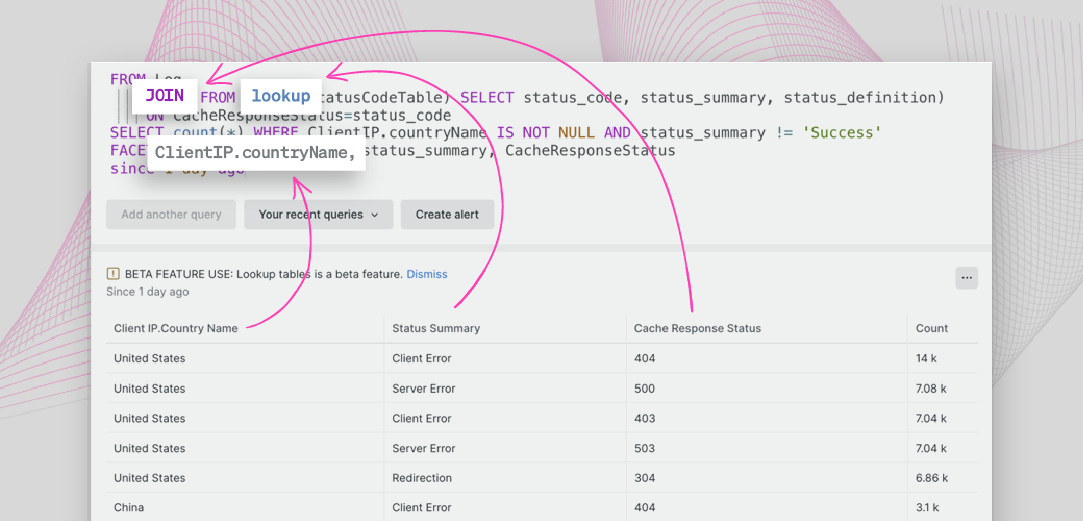Archives
- By thread 5360
-
By date
- June 2021 10
- July 2021 6
- August 2021 20
- September 2021 21
- October 2021 48
- November 2021 40
- December 2021 23
- January 2022 46
- February 2022 80
- March 2022 109
- April 2022 100
- May 2022 97
- June 2022 105
- July 2022 82
- August 2022 95
- September 2022 103
- October 2022 117
- November 2022 115
- December 2022 102
- January 2023 88
- February 2023 90
- March 2023 116
- April 2023 97
- May 2023 159
- June 2023 145
- July 2023 120
- August 2023 90
- September 2023 102
- October 2023 106
- November 2023 100
- December 2023 74
- January 2024 75
- February 2024 75
- March 2024 78
- April 2024 74
- May 2024 108
- June 2024 98
- July 2024 116
- August 2024 134
- September 2024 130
- October 2024 141
- November 2024 171
- December 2024 115
- January 2025 216
- February 2025 140
- March 2025 220
- April 2025 233
- May 2025 239
- June 2025 303
- July 2025 173
-
Thank you for supporting ByteByteGo Newsletter
Thank you for reading ByteByteGo Newsletter. As a token of our appreciation, we're offering you a limited-time offer of 20% off a paid subscription.
Redeem special offerHere are the benefits you unlock with a paid subscription:
- An extra deep dive on Thursdays
- Full archive
- Many expense it with team's learning budget
Join the thousands of other readers who pay for full access to ByteByteGo Newsletter — redeem your special offer today!
Thanks again for reading.
by "ByteByteGo" <bytebytego@substack.com> - 01:08 - 17 Jul 2023 -
Webinar invite: Edge Insight for Industrial Overview
Webinar invite: Edge Insight for Industrial Overview

Edge Insight for Industrial Overview
Thursday, July 27, 2023
07:30 am - 08:30 am PDTRegister Now 
Edge Insight for Industrial consists of a set of pre-integrated ingredients optimized for Intel® architecture. It includes modules that enable data collection, storage, and analytics for both time-series and video data, as well as the ability to act on these insights by sending downstream commands to tools or devices.
In this session you will learn EII v4.0.0 key features and improvements.Register Now 
Speaker

Murni Jasamai
Enabling and Optimization Engineer- Intel
Murni has joined Intel since 2018 and works in the Machine Vision and Analytics domains to support solutions for customer enablement. Currently, she is working as a solution enabling and optimization engineer, and one of the main focus areas that she is supporting is Edge Insight for Industrial.





If you forward this email, your contact information will appear in any auto-populated form connected to links in this email.
This was sent to info@learn.odoo.com because you are subscribed to Webinars. To view and manage your marketing-related email preferences with Intel, please click here.
© 2023 Intel Corporation
Intel Corporation, 2200 Mission College Blvd., M/S RNB4-145, Santa Clara, CA 95054 USA. www.intel.com
Privacy | Cookies | *Trademarks | Unsubscribe | Manage Preferences
by "Intel Corporation" <intel@plan.intel.com> - 11:04 - 17 Jul 2023 -
SEO Proposal..
Hi,
We can place your website on Google's 1st page. We will improve your website's position on Google and get more traffic.Below is the brief overview of the activities we will perform at the time of SEO:
1. On page optimization
2. Off page optimization
3. Keywords research
4. Content Writing
5. Google penalty testing
6. Blacklining testing
7. Classified ads
8. Site structure optimization
9. Secure Google my business
10. Reporting setup
Let me know if you are interested, I will send you our SEO Packages and price list.
If you are interested in any services, kindly Please share your WhatsApp number OR skype so that we call Back on there and Discuss in detailThanks & Regards,
Mahak Gupta
by "Mahak Gupta" <mahakgupta.web@outlook.com> - 08:41 - 17 Jul 2023 -
RE: Best budgeting apps_
Greetings,
Just wanted to check, have you checked my previous e-mail? If you are interested let me know please.
Please share your exact requirements so that we can do effort estimation and come up with cost and timeline of the project.
From: Naitik Singhania [mailto:naitiksinghania@outlook.com]
Sent: 14 June 2023 03:57 PM
Subject: Best budgeting apps_Hello, :-)
Hope you are doing great today.
We are an IT outsourcing company with 8 years of experience in developing top-notch applications.
We happened to see your business and were wondering if you would like to create a super-flexible application for your business.
We have years of experience working with businesses and can provide a solution that fits your needs. We can help you build:
EducationApps / EventsApps / FinanceApps / LogisticsApps / M-CommerceApps / MediaApps / NewsMagazineApps / RealEstateApps / TaxiApp / SocialNetworkingApps / TravelApps / NativeApps/ FintechApp / (Hospital, Doctor, Hotel, Bus, Cab) BookingApp, .. Etc.
Domains we are experts in: Ecommerce, Food application, Chat application, Healthcare, Dating, etc.
We are not limited to these and have expertise in several more domains. Please come up with the detailed requirement or share any reference app so that I can come up with my best suggestion and pricing for the same.
I am looking forward to your precious revert.
Thanks and regards,
Manoj.
by "Naitik Singhania" <naitiksinghania@outlook.com> - 08:20 - 17 Jul 2023 -
RE: Get a birds eye view of your online business _
RE: Get a birds eye view of your online business _
Greetings,
Just wanted to check, have you checked my previous e-mail? If you are interested let me know please.
Please share your exact requirements so that we can do effort estimation and come up with cost and timeline of the project.
_____________________________________________
From: Chayan Sharma [mailto:Poojasharma303@outlook.com]
Sent: 14 June 2023 03:48 PM
Subject: Get a birds eye view of your online business _Hello, :-)
Hope you are doing great today.
BEST MOBILE APPLICATION DEVELOPMENT COMPANY.
•) e-Commerce Apps
•) Cleaning Apps
•) Shopping Apps
•) Real Estate Apps
•) Education Apps
•) Food Delivery Apps
•) Restaurant Apps
•) Booking Apps
•) Fitness Apps
•) Beauty Apps
•) Music Apps
That’s not all we can do for you. We have worked on over 400+ projects and we are confident that we can build a life for your ideas.
If you have any inquiries or would like to discuss your requirements, please revert to us on this email. One of our representatives will connect with you shortly.
Waiting for your response.
Thanks and regards,
Akash.
by "Chayan Sharma" <Poojasharma303@outlook.com> - 08:15 - 17 Jul 2023 -
Conducting a midyear tech review: A leader’s guide
Technically speaking
by "McKinsey Leading Off" <publishing@email.mckinsey.com> - 02:50 - 17 Jul 2023 -
mySchneider Rewards are coming
Schneider Electric
Latest news and product announcementsEast Asia Business Newsletter
Exciting new rewards programEarn points and redeem for rewards!
Get certified in the IT Solution Provider specialization to be eligible for the upcoming mySchneider Rewards program.Easy UPS 3-Phase ModularA highly efficient, modular, scalable, redundant UPS with Live Swap that delivers high performance for small and medium-size data centers, as well as critical infrastructure in commercial and industrial facilities.
 Rungsimun Meesawat
Rungsimun Meesawat
We are pleased to announce that Rungsimun Meesawat has been appointed as the Channel Marketing and Program Manager for the East Asia Zone - Secure Power International.+ Lifecycle Services From energy and sustainability consulting to optimizing the life cycle of your assets, we have services to meet your business needs. Schneider Electric
46 Rungrojthanakul Building. 1st, 10th, 11th Floor, Ratchadapisek Road. Huaykwang
Bangkok - 10310, Thailand
Phone +662 617 5555© 2023 Schneider Electric, All Rights Reserved. Schneider Electric trademarks are owned by Schneider Electric or its affiliated companies in the United States and other countries. All other trademarks are property of their respective owners.
by "Schneider Electric" <reply@se.com> - 02:00 - 17 Jul 2023 -
Auto and mobility leaders face critical skills gaps. Here’s what could help.
On Point
What US tech workers desire Brought to you by Liz Hilton Segel, chief client officer and managing partner, global industry practices, & Homayoun Hatami, managing partner, global client capabilities
• Teenage trainees. The EV revolution is here. There’s just one problem: countries need many more skilled workers to produce EV batteries. Throughout Asia, Europe, and North America, many leaders are grappling with the same issue—how to train and recruit battery engineers, technicians, and others needed for the energy transition. One Asian country is enlisting teenagers and trade school students to study battery technology; it aspires to add 30,000 more workers to the battery industry by 2030. [Quartz]
• Vital skills. Auto and mobility leaders face significant skills gaps. But despite recent shake-ups, tech workers are scrutinizing potential employers. What matters most to this crucial part of the workforce? A McKinsey survey of about 1,500 US tech workers finds that career development is the most frequently cited reason for employment-related decisions, with 43% of respondents reporting it as a top factor for why they stay in a current job, accept a new role, or leave one, McKinsey partner Asad Husain and coauthors explain.
— Edited by Belinda Yu, editor, Atlanta
This email contains information about McKinsey's research, insights, services, or events. By opening our emails or clicking on links, you agree to our use of cookies and web tracking technology. For more information on how we use and protect your information, please review our privacy policy.
You received this email because you subscribed to the On Point newsletter.
Copyright © 2023 | McKinsey & Company, 3 World Trade Center, 175 Greenwich Street, New York, NY 10007
by "McKinsey On Point" <publishing@email.mckinsey.com> - 10:07 - 16 Jul 2023 -
The week in charts
The Week in Charts
Customer experience with government, the lithium market, and more Share these insights
Did you enjoy this newsletter? Forward it to colleagues and friends so they can subscribe too. Was this issue forwarded to you? Sign up for it and sample our 40+ other free email subscriptions here.
This email contains information about McKinsey's research, insights, services, or events. By opening our emails or clicking on links, you agree to our use of cookies and web tracking technology. For more information on how we use and protect your information, please review our privacy policy.
You received this email because you subscribed to The Week in Charts newsletter.
Copyright © 2023 | McKinsey & Company, 3 World Trade Center, 175 Greenwich Street, New York, NY 10007
by "McKinsey Week in Charts" <publishing@email.mckinsey.com> - 03:09 - 15 Jul 2023 -
EP68: Top architectural styles
EP68: Top architectural styles
This week’s system design refresher: 1 year of Youtube Top Architectural Styles Firewall explained Two-tier infrastructure on AWS How Developer to Tester Ratio Changed From 1:1 to 100:1 New Relic APM 360: The industry’s next evolution of APM (Sponsored) Open in app or online This week’s system design refresher:
1 year of Youtube
Top Architectural Styles
Firewall explained
Two-tier infrastructure on AWS
How Developer to Tester Ratio Changed From 1:1 to 100:1
New Relic APM 360: The industry’s next evolution of APM (Sponsored)
Prevent issues before they occur. New Relic APM 360 goes beyond incident response and unlocks daily performance, security, and development insights for all engineers in one unified view.
1 year of Youtube
Top architectural styles
In software development, architecture plays a crucial role in shaping the structure and behavior of software systems. It provides a blueprint for system design, detailing how components interact with each other to deliver specific functionality. They also offer solutions to common problems, saving time and effort and leading to more robust and maintainable systems.
However, with the vast array of architectural styles and patterns available, it can take time to discern which approach best suits a particular project or system. Aims to shed light on these concepts, helping you make informed decisions in your architectural endeavors.
To help you navigate the vast landscape of architectural styles and patterns, there is a cheat sheet that encapsulates all. This cheat sheet is a handy reference guide that you can use to quickly recall the main characteristics of each architectural style and pattern.Firewall explained to Kids… and Adults
A firewall is a network security system that controls and filters network traffic, acting as a watchman between a private network and the public Internet.
They come in two broad categories:
Software-based: installed on individual devices for protection
Hardware-based: stand-alone devices that safeguard an entire network.
Firewalls have several types, each designed for specific security needs:
1. Packet Filtering Firewalls: Examines packets of data, accepting or rejecting based on source, destination, or protocols.
2. Circuit-level Gateways: Monitors TCP handshake between packets to determine session legitimacy.
3. Application-level Gateways (Proxy Firewalls): Filters incoming traffic between your network and traffic source, offering a protective shield against untrusted networks.
4. Stateful Inspection Firewalls: Tracks active connections to determine which packets to allow, analyzing in the context of their place in a data stream.
5. Next-Generation Firewalls (NGFWs): Advanced firewalls that integrate traditional methods with functionalities like intrusion prevention systems, deep packet analysis, and application awareness.
Over to you: Do you know what firewalls your company uses?Two-tier infrastructure on AWS
An amazing illustration of how to use Terraform to create a robust Two-tier infrastructure on AWS.
Image Credit: Ankit JodhaniParadigm Shift: How Developer to Tester Ratio Changed From 1:1 to 100:1
This post is inspired by the article "The Paradigm Shifts with Different Dev:Test Ratios" by Carlos Arguelles. I highly recommend that you read the original article here.
1:1 ratio (~1997)
Software used to be burned onto physical CDs and delivered to customers. The development process was waterfall-style, builds were certified, and versions were released roughly every three years.
If you had a bug, that bug would live forever. It wasn’t until years later that companies added the ability for software to ping the internet for updates and automatically install them.
10:1 ratio (~2009)
Around 2009, the release-to-production speed increased significantly. Patches could be installed within weeks, and the agile movement, along with iteration-driven development, changed the development process.
For example, at Amazon, the web services are mainly developed and tested by the developers. They are also responsible for dealing with production issues, and testing resources are stretched thin (10:1 ratio).
100:1 ratio (~2020)
Around 2015, big tech companies like Google and Microsoft removed SDET or SETI titles, and Amazon slowed down the hiring of SDETs.
But how is this going to work for big tech in terms of testing?
Firstly, the testing aspect of the software has shifted towards highly scalable, standardized testing tools. These tools have been widely adopted by developers for building their own automated tests.
Secondly, testing knowledge is disseminated through education and consulting.
Together, these factors have facilitated a smooth transition to the 100:1 testing ratio we see today.
Over to you: What does the future hold for testing, and how is it currently working for you?Latest articles
Here are the latest articles you may have missed:
To receive all the full articles and support ByteByteGo, consider subscribing:
Like
Comment
Restack
© 2023 ByteByteGo
548 Market Street PMB 72296, San Francisco, CA 94104
Unsubscribe
by "ByteByteGo" <bytebytego@substack.com> - 11:37 - 15 Jul 2023 -
We missed you at Harness Generative AI Acceleration
We missed you at Harness Generative AI Acceleration
Sorry you couldn’t make it (but you can stream it anytime:-)

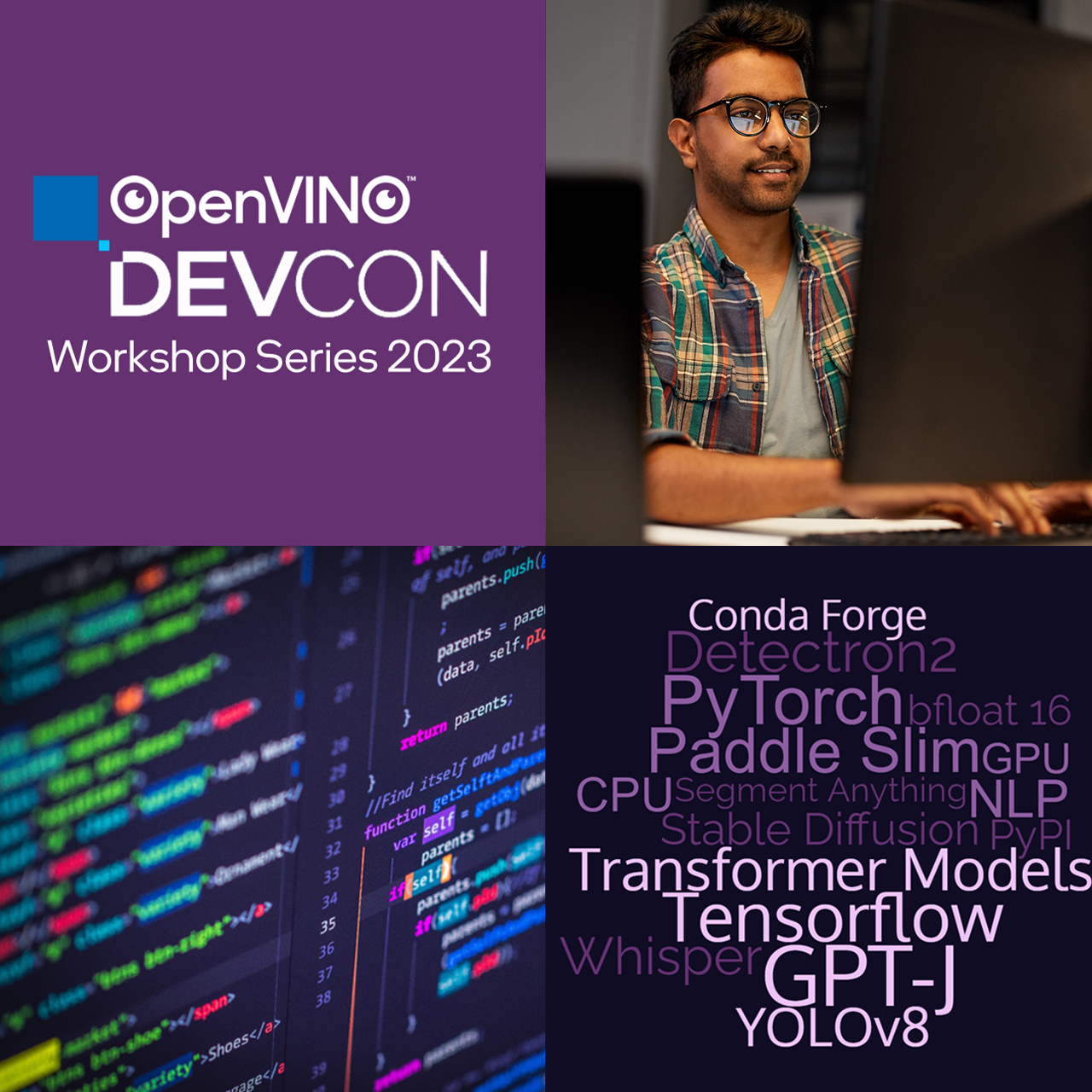
Harness Generative AI Acceleration with OpenVINO™ Toolkit
Watch on-demand 


We're sorry we missed you at our workshop Harness Generative AI Acceleration with OpenVINO™ toolkit, but not to worry, the on-demand replay is now available for you to watch anytime.
Watch to learn:
- HuggingFace Transformers create powerful AI solutions quickly
- Deploying stable diffusion and text processing from sophisticated Jupyter Notebooks
- AI applications can scale across GPUs and CPUs heterogeneously with Intel® Hardware
- Dynamic shape optimization maximizes Deep Learning performance
Watch now 
Don’t Stop There
- Watch tutorials, view use cases and see all the toolkit options at openvino.ai
- Download your free version of Intel® Distribution of OpenVINO™ toolkit and
- Explore the OpenVINO™ toolkit Github repository of Jupyter Notebooks, Training Extensions, Models, and more…






If you forward this email, your contact information will appear in any auto-populated form connected to links in this email.
This was sent to info@learn.odoo.com because you are subscribed to Webinars. To view and manage your marketing-related email preferences with Intel, please click here.
© 2023 Intel Corporation
Intel Corporation, 2200 Mission College Blvd., M/S RNB4-145, Santa Clara, CA 95054 USA. www.intel.com
Privacy | Cookies | *Trademarks | Unsubscribe | Manage Preferences
by "Intel Developer Zone" <intel.developer.zone@plan.intel.com> - 06:37 - 15 Jul 2023 -
European consumer sentiment, seizing Africa’s potential, reimagining intelligence, and more essential reads: The Daily Read weekender
Catch up on the week's big reads Brought to you by Liz Hilton Segel, chief client officer and managing partner, global industry practices, & Homayoun Hatami, managing partner, global client capabilities
QUOTE OF THE DAY
chart of the day
Ready to unwind?
—Edited by Joyce Yoo, editor, New York
Share these insights
Did you enjoy this newsletter? Forward it to colleagues and friends so they can subscribe too. Was this issue forwarded to you? Sign up for it and sample our 40+ other free email subscriptions here.
This email contains information about McKinsey's research, insights, services, or events. By opening our emails or clicking on links, you agree to our use of cookies and web tracking technology. For more information on how we use and protect your information, please review our privacy policy.
You received this email because you subscribed to our McKinsey Global Institute alert list.
Copyright © 2023 | McKinsey & Company, 3 World Trade Center, 175 Greenwich Street, New York, NY 10007
by "McKinsey Daily Read" <publishing@email.mckinsey.com> - 06:16 - 14 Jul 2023 -
Introducing a new way to navigate global salary benchmarking 🌍
Introducing a new way to navigate global salary benchmarking 🌍
Access global salary data today with Remote 🙌 Find out how this amazing tool can simplify your HR stack!Hi MD,
We're excited to introduce the newest addition to Remote’s suite of HR tools: the Compensation Explorer, simplifying how you manage global salary benchmarking. 🚀
Discover the power of the Compensation Explorer:
- Access average salary ranges for sought-after roles in top countries. 🌐
- Craft better job posts backed by credible market data. 🎯
- Gain a solid footing in salary negotiations using trusted region-specific insights. 💡
- Optimize your recruitment decisions by finding the best talent markets for your budget. 🙌
At Remote, we’re on a mission to simplify your HR stack. With the Compensation Explorer in your dashboard, you can streamline the compensation planning process and get more done, all in one place.
Ready to give it a try? The Compensation is free for all Remote users, and it’s easy to sign up.
Remote makes employment globally easy.
With our localized contracts, easy invoice management, and best-in-class compliance, you can grow your global team with confidence.




You received this email because you are subscribed to News & Offers from Remote Technology, Inc.
Update your email preferences to choose the types of emails you receive.
Unsubscribe from all future emailsRemote Technology, Inc.
Copyright © 2023 Remote Technology, Inc. All rights reserved.
18 Bartol St. #1163 San Francisco California
by "Remote" <hello@remote-comms.com> - 05:53 - 14 Jul 2023 -
Gen AI: The new code maker
The Shortlist
Four new insights Curated by Liz Hilton Segel, chief client officer and managing partner, global industry practices, & Homayoun Hatami, managing partner, global client capabilities
Twice monthly, we bring you four new insights out of the dozens we publish that we think are worth a second glance from CEOs and business leaders in any geography. In this edition, we look at generative AI and software development, how to make the best of the tech talent turmoil, and more. We hope you enjoy the read.
—Liz and Homayoun
README.txt. In our view, every company is now a software company. That’s one reason that gen AI is so important: software development is one of the four biggest opportunities for companies to become more efficient. Now, our latest research shows just how gen AI can tag team with your company’s developers to improve each of their core tasks.
Share these insights
This email contains information about McKinsey’s research, insights, services, or events. By opening our emails or clicking on links, you agree to our use of cookies and web tracking technology. For more information on how we use and protect your information, please review our privacy policy.
You received this email because you subscribed to The Shortlist newsletter.
Copyright © 2023 | McKinsey & Company, 3 World Trade Center, 175 Greenwich Street, New York, NY 10007
by "McKinsey Shortlist" <publishing@email.mckinsey.com> - 03:34 - 14 Jul 2023 -
Helping Black brands make progress in the beauty industry
On Point
Diversifying the beauty industry Brought to you by Liz Hilton Segel, chief client officer and managing partner, global industry practices, & Homayoun Hatami, managing partner, global client capabilities
• To sell or not to sell. Many owners of small beauty businesses dream about being bought up by a larger company, but achieving that dream has become somewhat of a mixed blessing in the world of Black beauty products. Customers worry that if a brand is no longer Black-owned, the product formulas may change and not work as well, or become more expensive. But for small businesses, which often struggle to meet demand, being able to access the infrastructure of a larger company can help scale production faster and increase visibility. [Harper’s Bazaar]
• Looking for Black beauty brands. The first beauty brand marketed and designed exclusively for Black women hit shelves in 1973 and was revamped in 2019. The intervening years have brought an increase in products specifically for women of color, but supply doesn’t meet demand. McKinsey senior partner Tiffany Burns and colleagues note that beauty products designed for Black consumers account for, at most, 7% of the brands available in stores. Part of the disconnect stems from entrepreneurs’ lack of access to capital and a strong business network, since Black people are still underrepresented within the beauty industry.
• Building up Black brands. As part of our ten actions for racial equality that emerged in 2020, McKinsey has dedicated research to find the best ways to help Black beauty brands by tackling barriers on both the retail and the entrepreneurial side. McKinsey’s work with the nonprofit Fifteen Percent Pledge, which urges retailers to dedicate 15% of shelf space to Black-owned brands, was focused on making sure the organization had pledges from the right mix of retailers so Black brands will show up in a variety of stores. Learn how McKinsey is helping to boost Black beauty brands.
— Edited by Gwyn Herbein, editor, Atlanta
This email contains information about McKinsey's research, insights, services, or events. By opening our emails or clicking on links, you agree to our use of cookies and web tracking technology. For more information on how we use and protect your information, please review our privacy policy.
You received this email because you subscribed to the On Point newsletter.
Copyright © 2023 | McKinsey & Company, 3 World Trade Center, 175 Greenwich Street, New York, NY 10007
by "McKinsey On Point" <publishing@email.mckinsey.com> - 10:14 - 13 Jul 2023 -
Forward Thinking on avoiding another false dawn for Africa and finally seizing the continent’s potential with Carlos Lopes
Get perspective New from McKinsey Global Institute

Forward Thinking on avoiding another false dawn for Africa and finally seizing the continent’s potential with Carlos Lopes
Get perspective Prefer audio? Listen to the podcast, and explore past episodes of the Forward Thinking Podcast. Subscribe via Google Podcasts, Apple Podcasts, Spotify, Stitcher, and Amazon Music.

Reimagining economic growth in Africa: Turning diversity into opportunity

Share these insights
This email contains information about McKinsey's research, insights, services, or events. By opening our emails or clicking on links, you agree to our use of cookies and web tracking technology. For more information on how we use and protect your information, please review our privacy policy.
You received this email because you subscribed to our McKinsey Global Institute alert list.
Copyright © 2023 | McKinsey & Company, 3 World Trade Center, 175 Greenwich Street, New York, NY 10007
by "McKinsey Global Institute" <publishing@email.mckinsey.com> - 02:45 - 13 Jul 2023 -
The Foundation of REST API: HTTP
The Foundation of REST API: HTTP
In this issue, we’re diving into the foundation of data communication for the World Wide Web - HTTP. What is Hypertext? HTTP, or HyperText Transfer Protocol, owes its name to ‘hypertext’. So, what exactly is hypertext? Imagine a blend of text, images, and videos that are stitched together by the magic of hyperlinks. These links serve as portals that allow us to jump from one set of hypertext to another. HTML, or HyperText Markup Language, is a prime example of hypertext. Open in app or online This is a sneak peek of today’s paid newsletter for our premium subscribers. Get access to this issue and all future issues - by subscribing today.
Latest articles
If you’re not a subscriber, here’s what you missed this month
To receive all the full articles and support ByteByteGo, consider subscribing:
In this issue, we’re diving into the foundation of data communication for the World Wide Web - HTTP.
What is Hypertext?
HTTP, or HyperText Transfer Protocol, owes its name to ‘hypertext’.
So, what exactly is hypertext?
Imagine a blend of text, images, and videos that are stitched together by the magic of hyperlinks. These links serve as portals that allow us to jump from one set of hypertext to another. HTML, or HyperText Markup Language, is a prime example of hypertext.
HTML is a plain text file. It’s packed with many tags that define links to images, videos, and more. After the browser interprets these tags, it transforms the seemingly ordinary text file into a webpage filled with text and images.
HTTP/1.1, HTTP/2, and HTTP/3
HTTP has undergone significant transformations since its inception in 1989 with version 0.9. Let’s take a walk down memory lane and see the problems each version of HTTP addresses. The diagram below shows the key improvements.
HTTP/1.0 was finalized and formally documented in 1996. This version had a key limitation: each request to the same server required a separate TCP connection.
HTTP/1.1 arrived next in 1997. It introduced the concept of a ‘persistent connection’, which means a TCP connection could be left open for reuse. Despite this enhancement, HTTP/1.1 couldn’t fix the issue of ‘Head-of-Line’ (HOL) blocking. In simple terms, HOL blocking happens when all parallel request slots in a browser are filled, forcing subsequent requests to wait until previous ones are complete.
HTTP/2.0, published in 2015, sought to tackle the HOL blocking issue. It implemented ‘request multiplexing’, a strategy to eliminate HOL blocking at the application layer. As illustrated in the diagram below, HTTP/2.0 introduced the concept of HTTP ‘streams’. This abstraction allows the multiplexing of different HTTP exchanges onto the same TCP connection, freeing us from the need to send each stream in order. However, HOL blocking could still occur at the transport (TCP) layer.
HTTP/3.0 made its debut with a draft published in 2020. Positioned as the successor to HTTP/2.0, it replaces TCP with QUIC as the underlying transport protocol. This effectively eliminates HOL blocking at the transport layer. QUIC is based on UDP. It introduces streams as first-class citizens at the transport layer. QUIC streams share the same QUIC connection, requiring no additional handshakes or slow starts to create new ones. QUIC streams are delivered independently. It means that in most cases packet loss in one stream doesn't impact others.
HTTP Headers
HTTP headers play a crucial role in how clients and servers send and receive data. They provide a structured way for these entities to communicate important metadata about the request or response. This metadata can contain various information like the type of data being sent, its length, how it's compressed, and more.
An HTTP header consists of several fields, each with a specific role and meaning. Now that we have an understanding of what HTTP headers are, let's dive deeper into some specific HTTP fields.
HTTP Fields
When we send HTTP requests to a server, several common fields play a critical role. Let’s dissect some of them.
Host: This is the domain name of the server.
Content-Length: This field in the request or response header plays a crucial role in data transfer. It specifically indicates the size of the body of the request or response in bytes. This helps the receiver understand when the current message ends and potentially prepare for the next one, especially in cases where multiple HTTP messages are being sent over the same connection.
Connection: This field is crucial in HTTP persistent connections, where a single TCP connection is used to send and receive multiple HTTP requests and responses. We will discuss this in more detail.
Content-type: This field tells the client the format of the data it’s receiving.
Content-encoding: This field indicates the compression format used for the data. For example, if the client sees ‘gzip’ encoding, it knows it needs to decompress the data.
HTTP GET vs HTTP POST
HTTP protocols define various methods or ‘verbs’ to perform different actions on web resources. The commonly used ones are GET, POST, PUT, and DELETE, which are often used to read, create, update, and delete resources. Less common methods include HEAD, CONNECT, OPTIONS, TRACE, and PATCH, which we covered in our previous “API Design” issues.
One common interview question is: “What is the difference between GET and POST?” Let’s dive into their definitions.
HTTP GET: This method retrieves resources from the server via URLs without producing any other effect. As GET requests usually lack a payload body, they enable bookmarking, sharing, and caching of web pages.
HTTP POST: This method interacts with resources based on the payload body. The interaction varies depending on the resource type. For example, if we’re leaving a comment after purchasing an iPhone 14, clicking “submit” sends a POST request to the server with the comment in the message body. While there's no defined limit to the size of the message body in a POST request by the HTTP protocol itself, in practice, browsers and servers often impose their own limits.
Understanding the Characteristics of GET and POST
HTTP methods have certain properties that define how they interact with server resources. Two such properties are whether they're 'non-mutating' and 'idempotent.'
A non-mutating method doesn't alter any server resources. On the other hand, an idempotent method produces the same result, regardless of how many times it's repeated.
HTTP GET: The GET method retrieves data without causing changes, making it non-mutating. Additionally, repeating a GET request won't change the outcome, making it idempotent.
HTTP POST: Unlike GET, the POST method sends data that can modify server resources, making it potentially mutating. Furthermore, if we repeat a POST request, it can create additional resources, making it non-idempotent.
However, it's important to note that actual behavior can depend on how the server implements these methods. While the standards suggest certain behaviors, developers sometimes use these methods in non-standard ways. For instance, a GET method might be used to delete data (making it both mutating and non-idempotent), or a POST method may be used to retrieve data (making it non-mutating and potentially idempotent).
One infamous example of non-standard usage involved a blogger who implemented post deletion operations with HTTP GET, assuming no one would visit the blog. But when Google crawled the blog, all posts were deleted!
It's also essential to remember that when it comes to security and preventing information leaks, neither GET nor POST is inherently secure. GET parameters are visible in the URL, while POST bodies, though not visible in the URL, can still be intercepted if not encrypted. To ensure secure data transmission, the use of HTTPS is advised, a topic we will discuss in more detail later.
HTTP Keep-Alive vs TCP keepalive
We’ve discussed how HTTP can initiate a persistent connection using “Connection: Keep-Alive”. Recall that in the issue about TCP, we’ve also mentioned TCP’s keepalive mechanism. Are they the same? No, they’re quite different:
HTTP Keep-Alive, linked to HTTP persistent connections, operates at the application layer.
TCP keepalive, working at the transport layer, keeps a TCP connection alive during periods of data exchange inactivity.
Let’s dive deeper.
HTTP Keep-Alive
HTTP, except for HTTP/3, is built on TCP. Establishing an HTTP connection requires a 3-way TCP handshake. After sending an HTTP request and receiving a response, the TCP connection disconnects.
Sending multiple requests to the same server this way is quite inefficient. Wouldn’t it be better to reuse the same TCP connection? That’s the purpose of HTTP Keep-Alive. It maintains the TCP connection until either party requests disconnection.
HTTP/1.1 enables HTTP Keep-Alive by default.
HTTP Keep-Alive reduces the overhead of opening and closing TCP connections. It's even more powerful when combined with HTTP/2, which introduces the concept of “streams”.
Streams allow us to send multiple requests simultaneously without waiting for server responses. More importantly, these requests and responses can be handled out of order, which is not possible with only HTTP Keep-Alive.
The comparison diagram below shows the difference between HTTP Keep-Alive and HTTP/2 streams. Normally, we wait for the first response before sending a second request. With HTTP/2 streams, we can send multiple requests simultaneously without waiting for the first response, and the server can respond out of order.
Why is this important? This feature is crucial to avoid head-of-line (HOL) blocking. In earlier versions of HTTP, if the server takes a long time to process one request, subsequent requests have to wait, leading to delays. But with HTTP/2 streams, each request is independent. Even if a server takes longer to process one request, it can still respond to other requests. Responses can come back as soon as they're ready, even if that means they're not in the original request order.
TCP keepalive
TCP keepalive is unrelated to HTTP Keep-Alive. In a TCP connection, both parties remain in the ESTABLISHED state until one ends it. If one party disconnects without notifying the other, the remaining party wouldn’t know about it. TCP keepalive addresses this by periodically sending probes when there’s no data exchange. We discussed this in our previous TCP issue. The following diagram should serve as a refresher.
Keep reading with a 7-day free trial
Subscribe to ByteByteGo Newsletter to keep reading this post and get 7 days of free access to the full post archives.
A subscription gets you:
An extra deep dive on Thursdays Full archive Many expense it with team's learning budget Like
Comment
Restack
© 2023 ByteByteGo
548 Market Street PMB 72296, San Francisco, CA 94104
Unsubscribe
by "ByteByteGo" <bytebytego@substack.com> - 11:38 - 13 Jul 2023 -
New Relic named a Leader in the 2023 Gartner® Magic Quadrant™
New Relic
 July 2023
July 2023New Relic recognised as a Leader in the 2023 Gartner® Magic Quadrant™ for APM and Observability report We’re proud to share that New Relic has been recognised as a Leader in the Gartner Magic Quadrant for APM and Observability report for the 11th time. Learn why we were recognised for our ability to execute and completeness of vision in this year’s report.Learn more  We’ve rolled out a few enhancements allowing you to view associated distributed traces for your transaction data easily. Now, you can quickly and effectively understand app performance by accessing the contextual data you need to get to root-cause analysis faster without the extra clicks.
We’ve rolled out a few enhancements allowing you to view associated distributed traces for your transaction data easily. Now, you can quickly and effectively understand app performance by accessing the contextual data you need to get to root-cause analysis faster without the extra clicks.
Discover how IGS scaled and slashed costs with New Relic in our latest blog, 'How IGS Cut Costs While Improving Monitoring.' From integrating Kubernetes to enhancing logging and alerting, New Relic proved pivotal in driving reliability and efficiency.
Useful Reads Correlate any telemetry data and any business data in one place to connect the dots between the performance of your applications and infrastructure, business operations, and customer experiences.
Correlate any telemetry data and any business data in one place to connect the dots between the performance of your applications and infrastructure, business operations, and customer experiences.
New Relic University New Relic distributed tracing: Tracking across your application stacks
New Relic distributed tracing: Tracking across your application stacks
13th July, 10:00 am-11:30 am BST/ 11:00am- 12:30pm CEST
Find all upcoming NRU training sessions here.
New Relic in the News
Need help? Let's get in touch.



This email is sent from an account used for sending messages only. Please do not reply to this email to contact us—we will not get your response.
This email was sent to info@learn.odoo.com Update your email preferences.
For information about our privacy practices, see our Privacy Policy.
Need to contact New Relic? You can chat or call us at +44 20 3859 9190.
Strand Bridge House, 138-142 Strand, London WC2R 1HH
© 2023 New Relic, Inc. All rights reserved. New Relic logo are trademarks of New Relic, Inc
Global unsubscribe page.
by "New Relic" <emeamaketing@newrelic.com> - 05:06 - 13 Jul 2023 -
Dive into Quantization with this DevCon Workshop
Dive into Quantization with this DevCon Workshop
Join us on August 9th for our free workshop

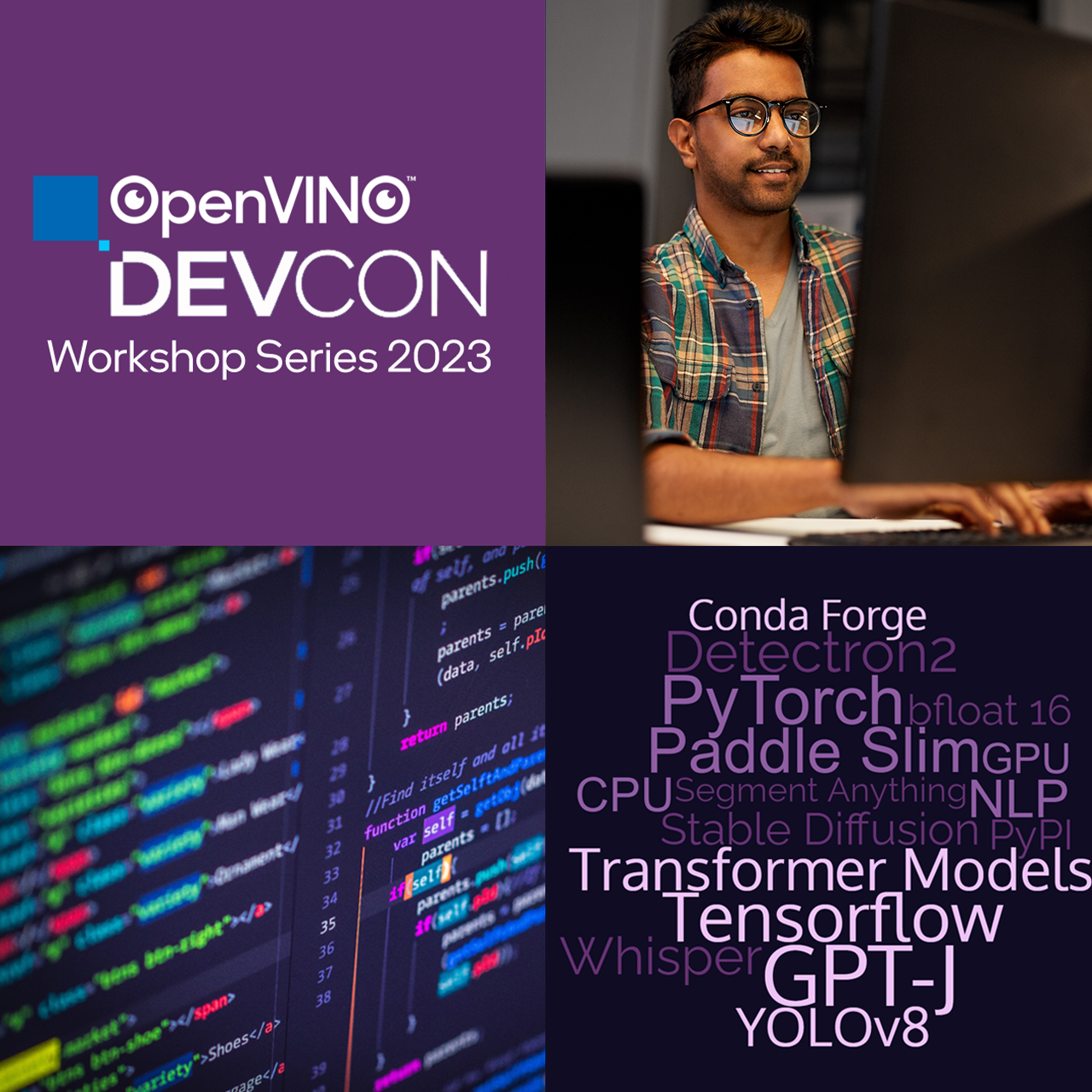
Beyond the Continuum: The Importance of Quantization in Deep Learning
August 9, 2023; 7PM-8PM IST
Register now 


Md Abul,
Quantization is a valuable process in Deep Learning of mapping continuous values to a smaller set of discrete finite values.
In this talk, we will explore the different types of quantization techniques that can be applied to deep learning models. In addition, we will give an overview of the Neural Network Compression Framework (NNCF) and how it complements the OpenVINO™ toolkit to achieve outstanding performance.
What you’ll learn:
- The value of quantization and different types of quantization
- How to harness NNCF with the OpenVINO™ toolkit
- A Jupyter Notebook demonstrating a neural network graph before-and-after quantization with performance comparisons
Register today 


Adrian Boguszewski
AI Software Evangelist, Intel
Adrian is frequently a speaker at data science conferences, enjoys working with big data and creating solutions for big companies in Poland.

Zhuo Wu
AI Software Evangelist, Intel
Zhuo is an AI evangelist at Intel focusing on OpenVINO toolkit. Her work ranges from deep learning technologies to 5G wireless communication technologies.Upcoming Workshops
Sept
5
How To Build a Smart Queue Management System Step by Step? From Zero to Hero
7PM-8PM IST

Register early 
On-Demand Workshops
Harness Generative AI Acceleration with OpenVINO™ Toolkit

OpenVINO™ 2023.0 – See What’s New







If you forward this email, your contact information will appear in any auto-populated form connected to links in this email.
This was sent to info@learn.odoo.com because you are subscribed to Webinars. To view and manage your marketing-related email preferences with Intel, please click here.
© 2023 Intel Corporation
Intel Corporation, 2200 Mission College Blvd., M/S RNB4-145, Santa Clara, CA 95054 USA. www.intel.com
Privacy | Cookies | *Trademarks | Unsubscribe | Manage Preferences
by "Intel Developer Zone" <intel.developer.zone@plan.intel.com> - 02:32 - 13 Jul 2023 -
Streamline Operations and Maximize Efficiency with Efficient Trailer Tracking Software
Streamline Operations and Maximize Efficiency with Efficient Trailer Tracking Software
Unlock trailer efficiency and security with trailer tracking - know where your Assets are, anytime, anywhere!
Discover the untapped potential of trailer tracking across industries.
Use Cases Across Industries
Agricultural Logistics
Real-time tracking facilitates the monitoring of trailer locations, thereby enhancing the efficiency of logistics operations. It enables optimized trailer management and utilization by providing up-to-date information on the whereabouts of trailers.
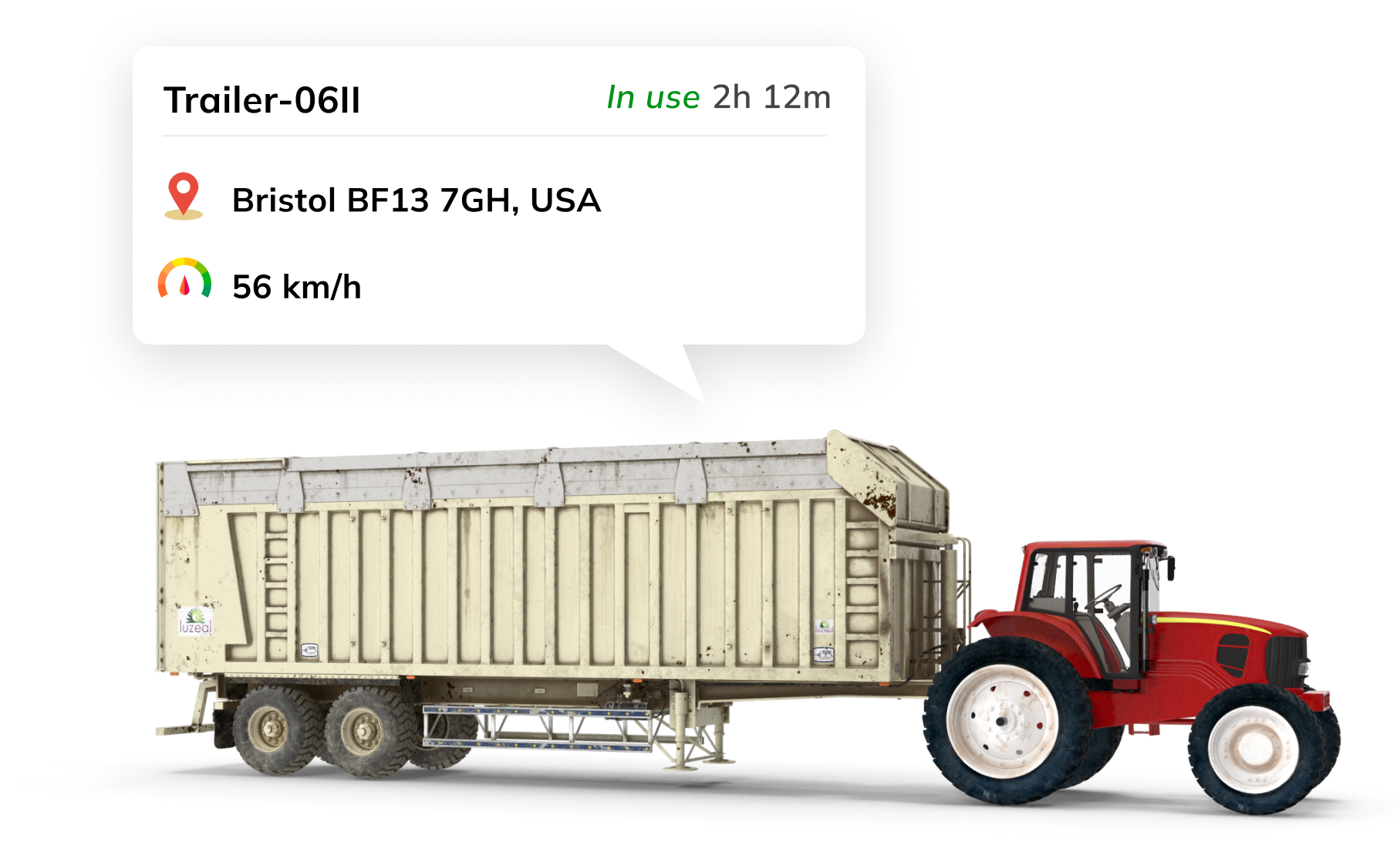
Construction
Real-time tracking enables construction companies to monitor trailer location and movement. Geofencing and alerts provide enhanced security by triggering notifications for unauthorized access or movement.
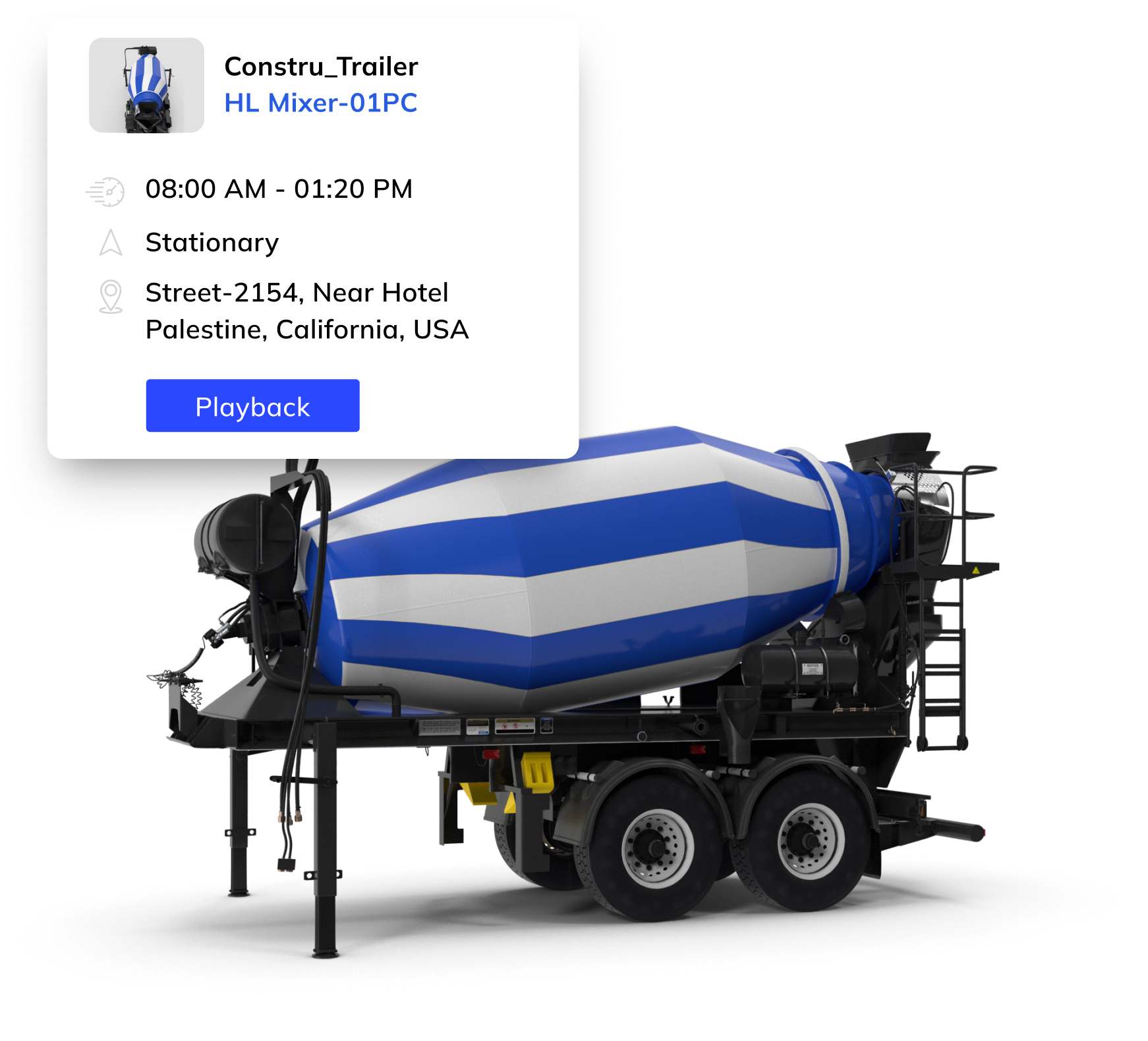
Waste Collection
Efficient resource allocation for optimal trailer utilization. Ensure accurate trailer location data and streamlined logistics management. Real-time tracking and monitoring enable precise fleet visibility.
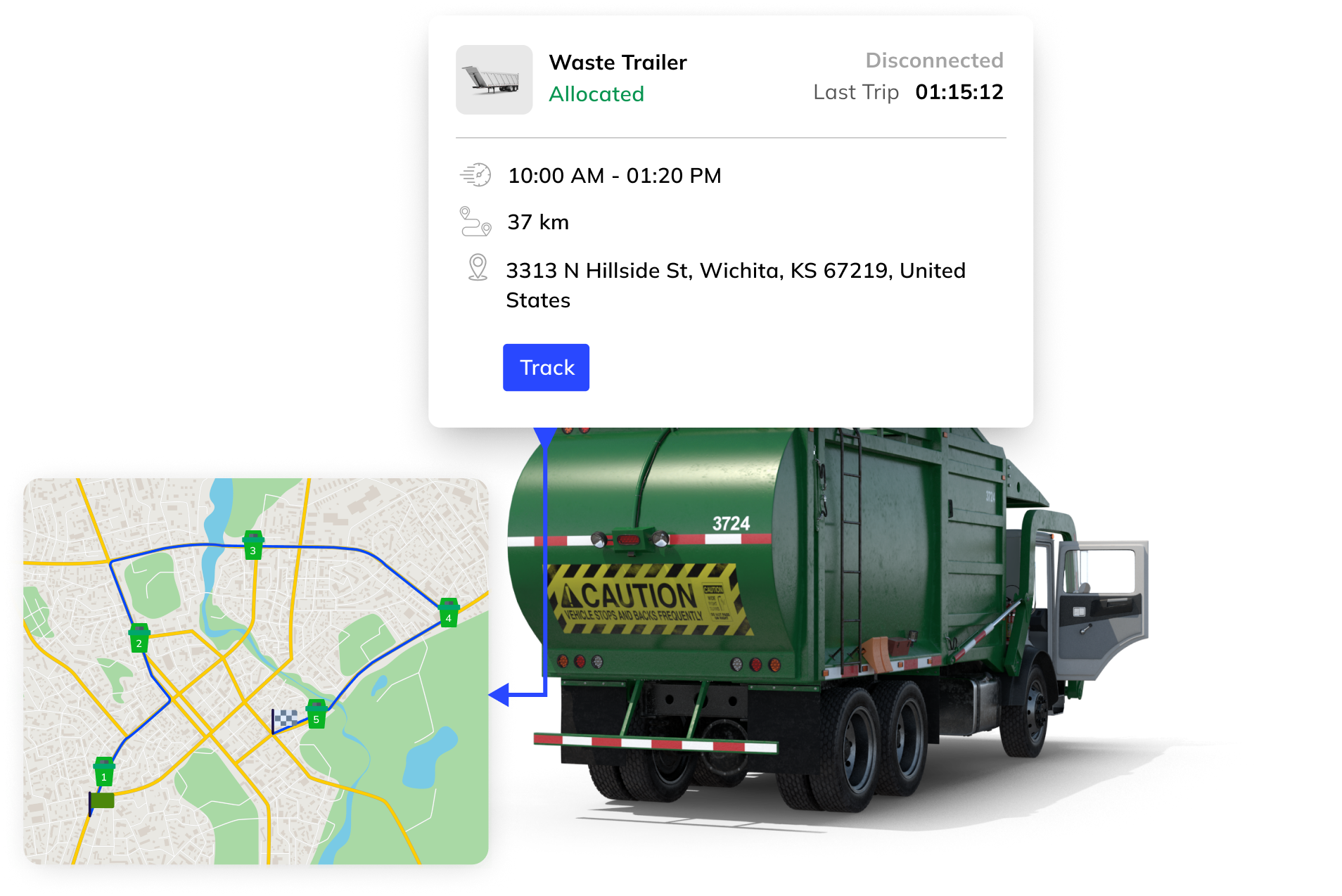
Discuss your use-case to get your business growing

Uffizio Technologies Pvt. Ltd., 4th Floor, Metropolis, Opp. S.T Workshop, Valsad, Gujarat, 396001, India
by "Sunny Thakur" <sunny.thakur@uffizio.com> - 12:30 - 13 Jul 2023










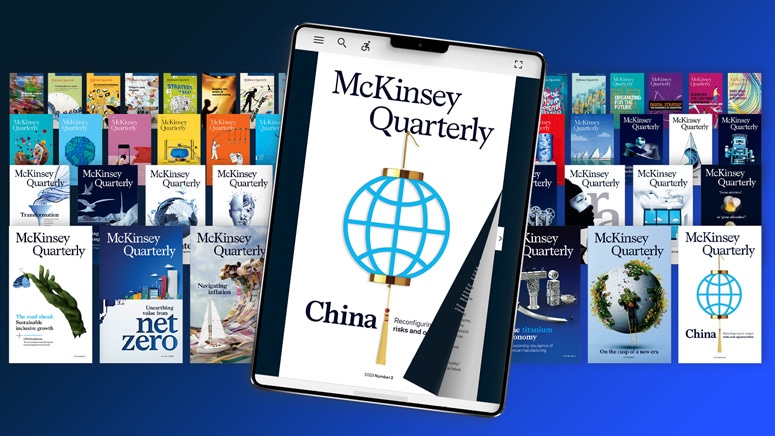




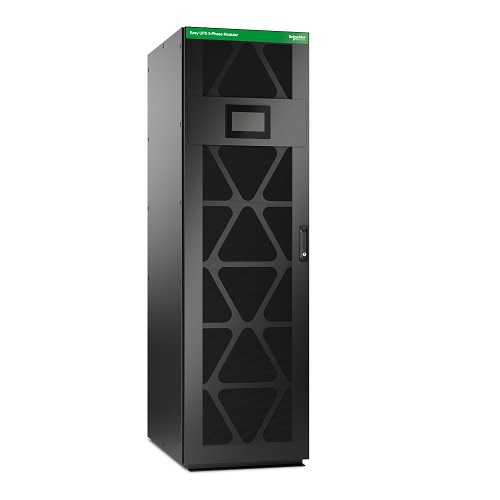





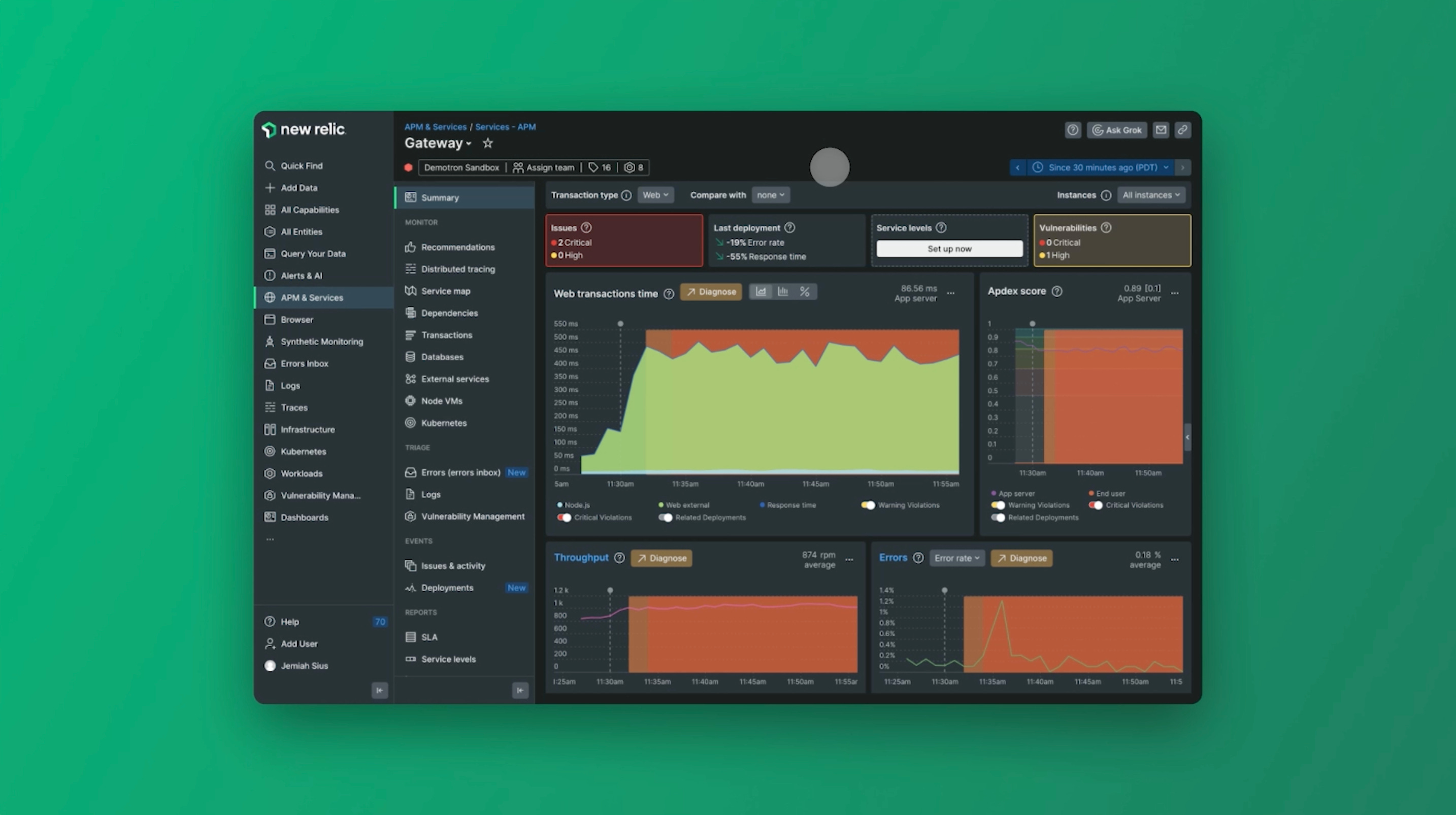

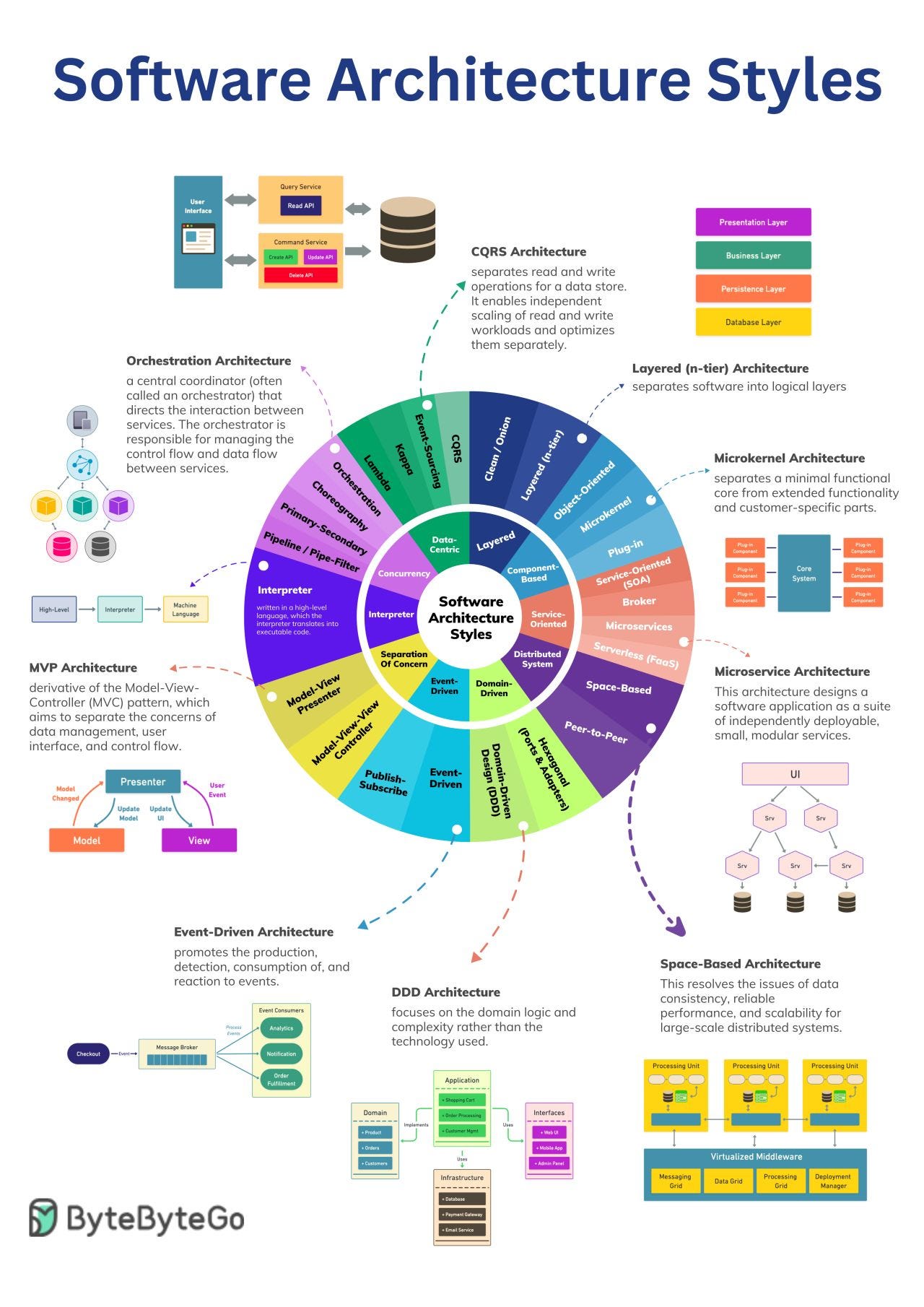
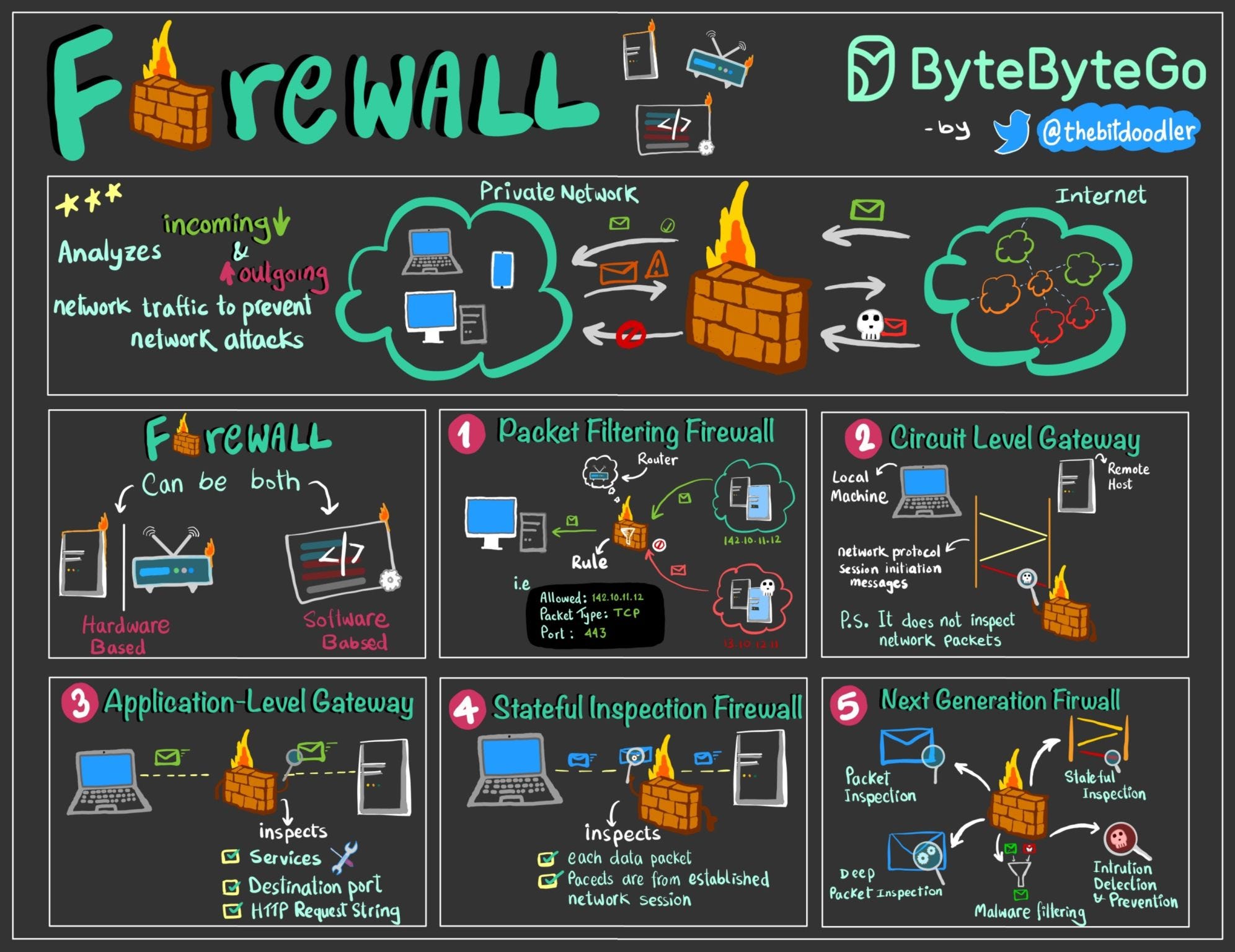
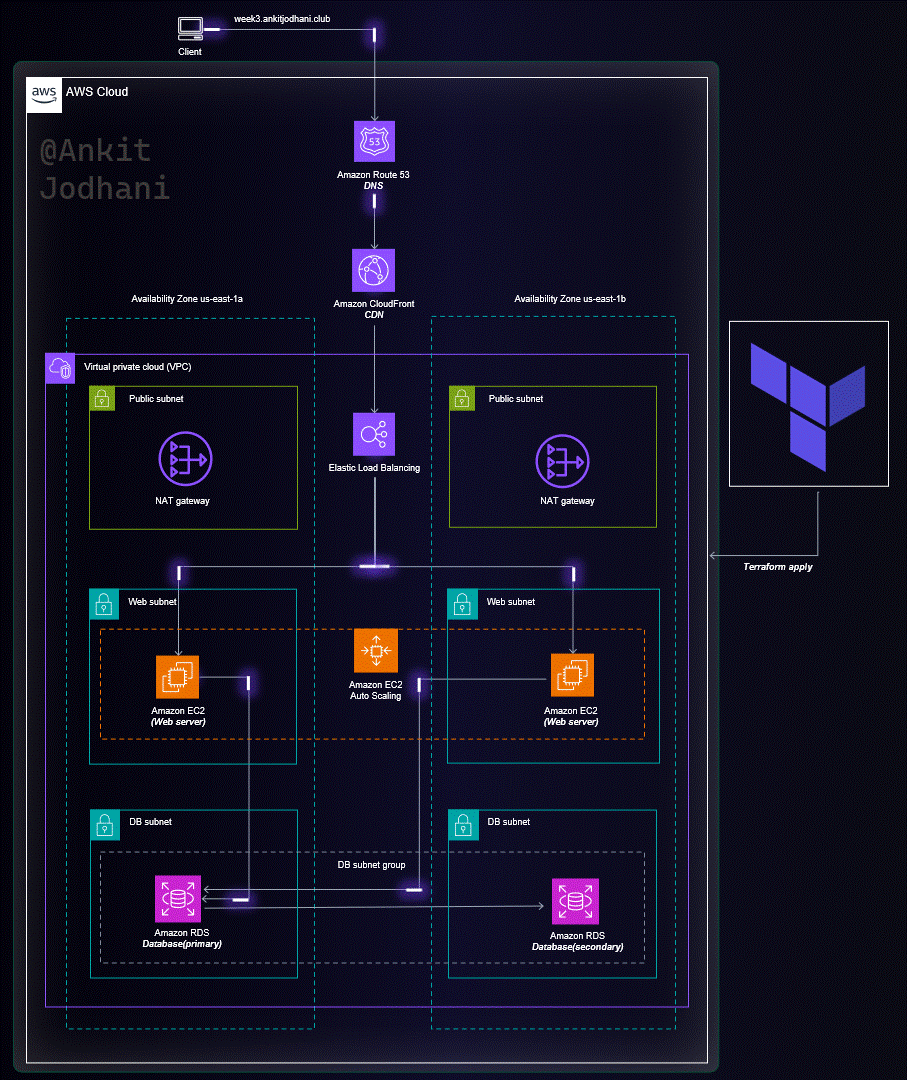

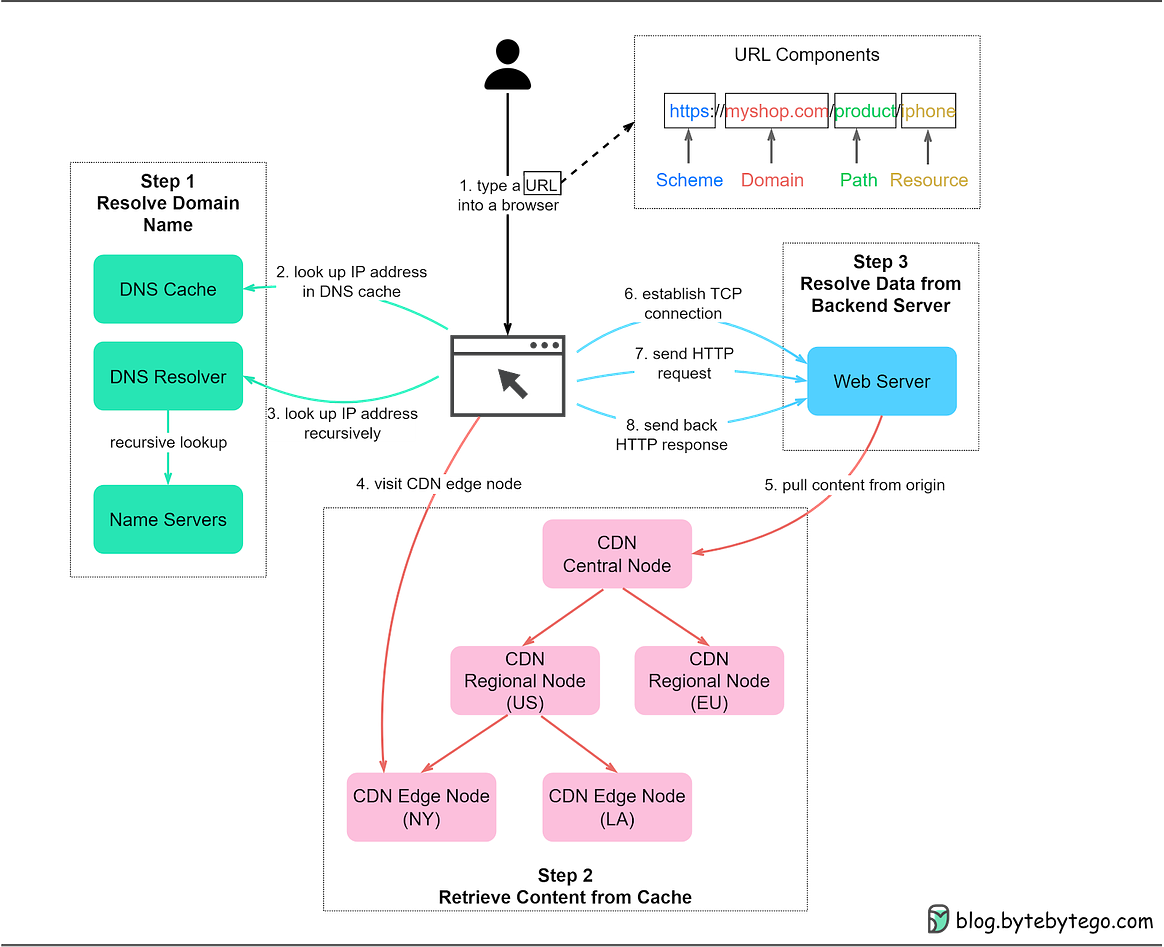









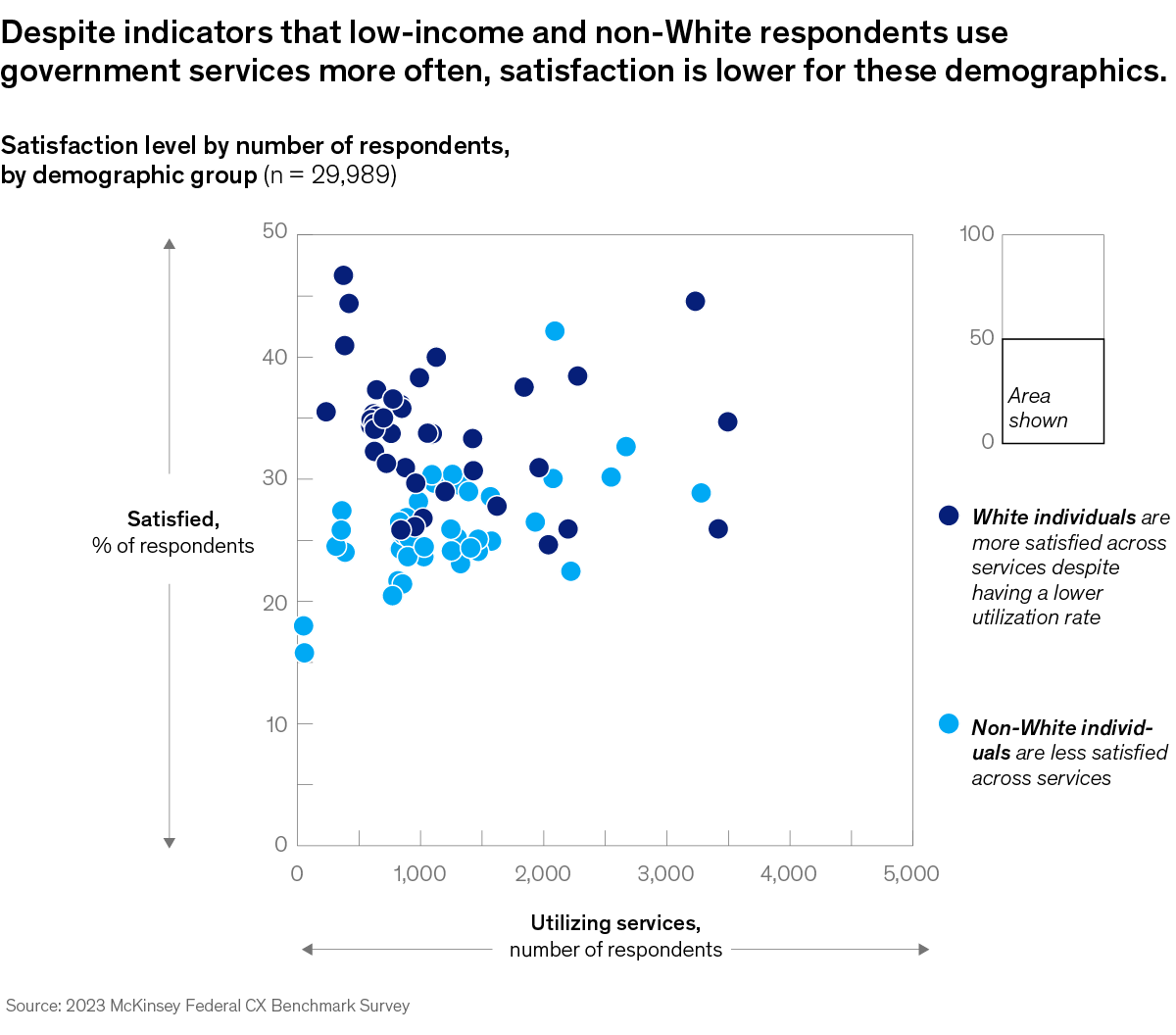














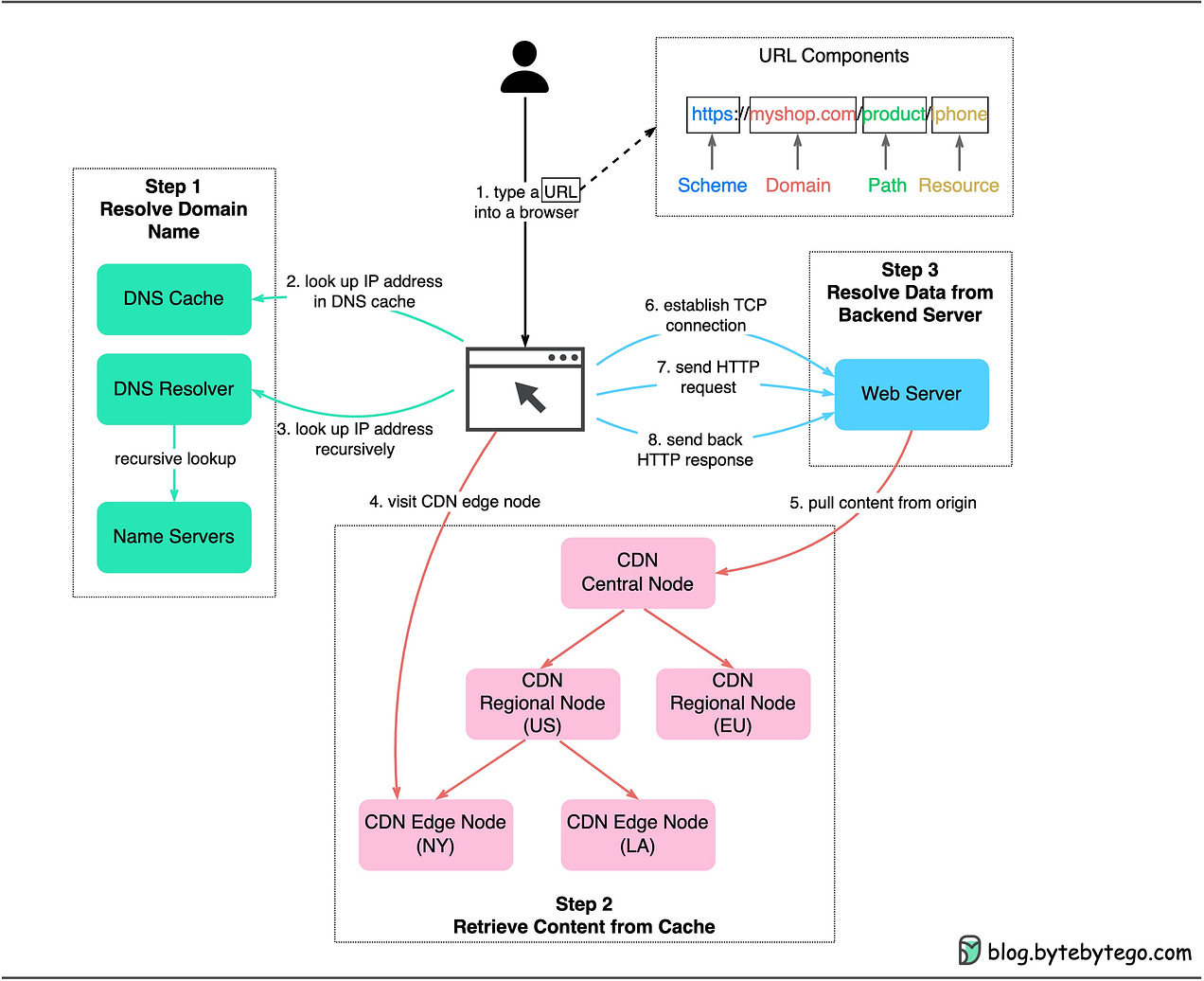
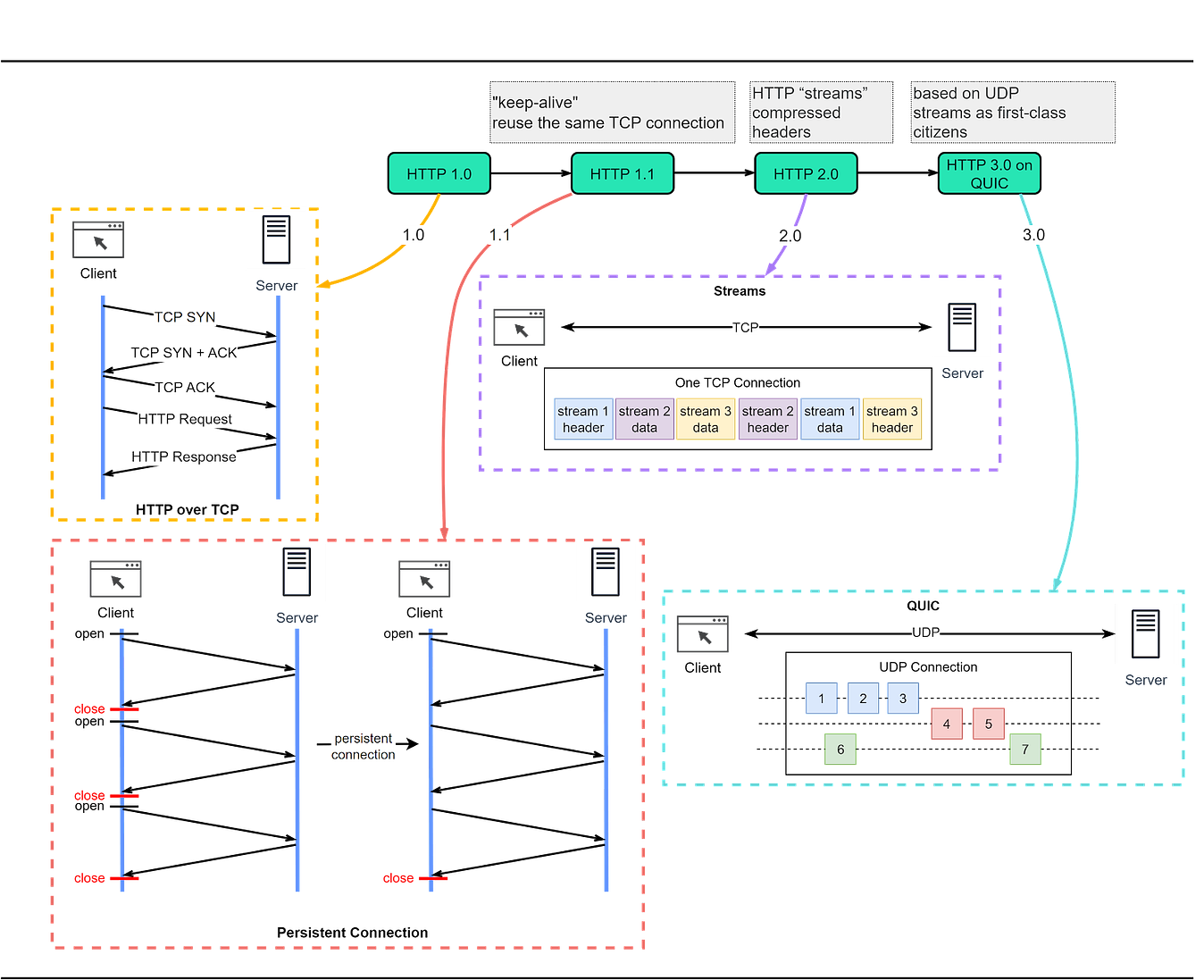
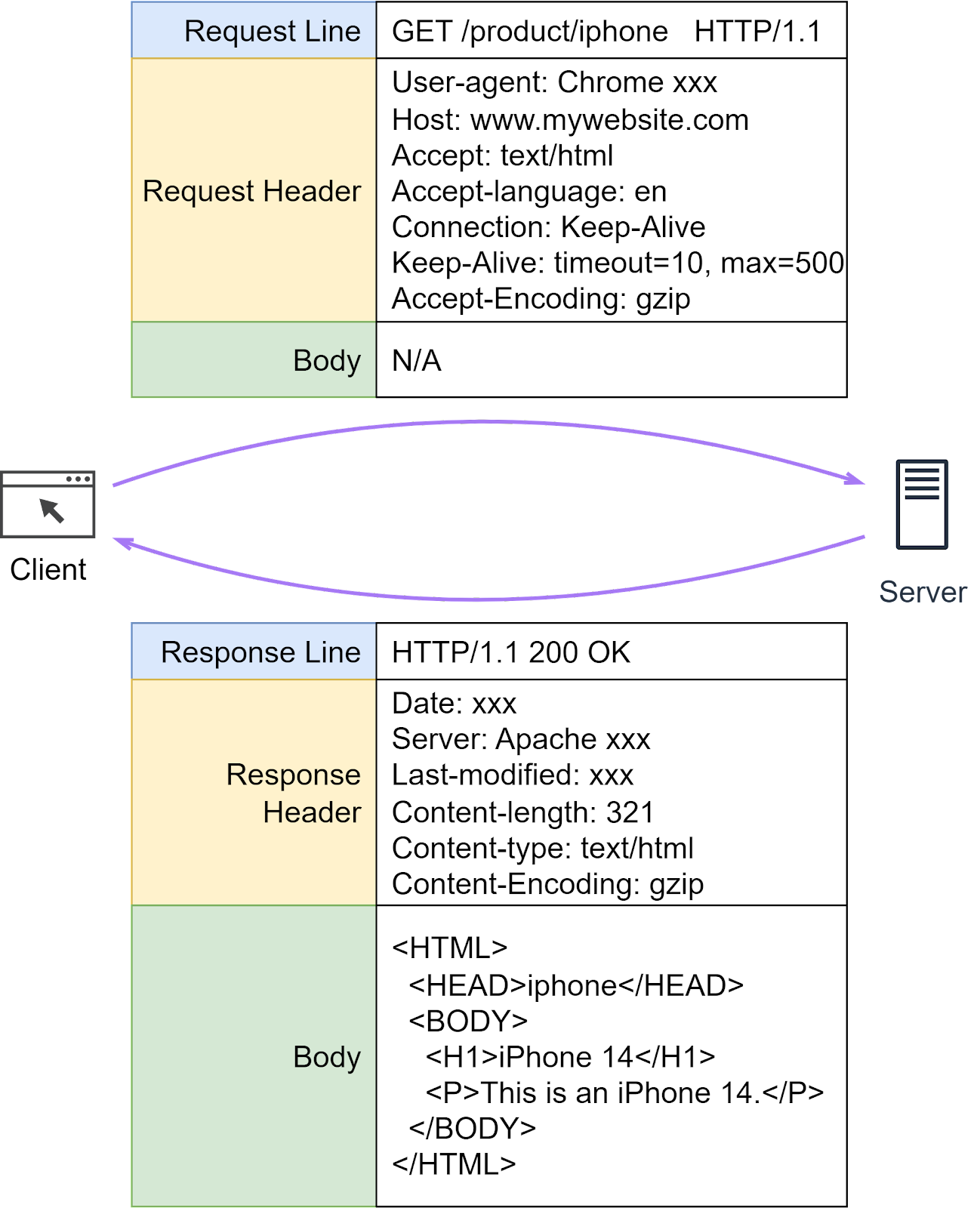
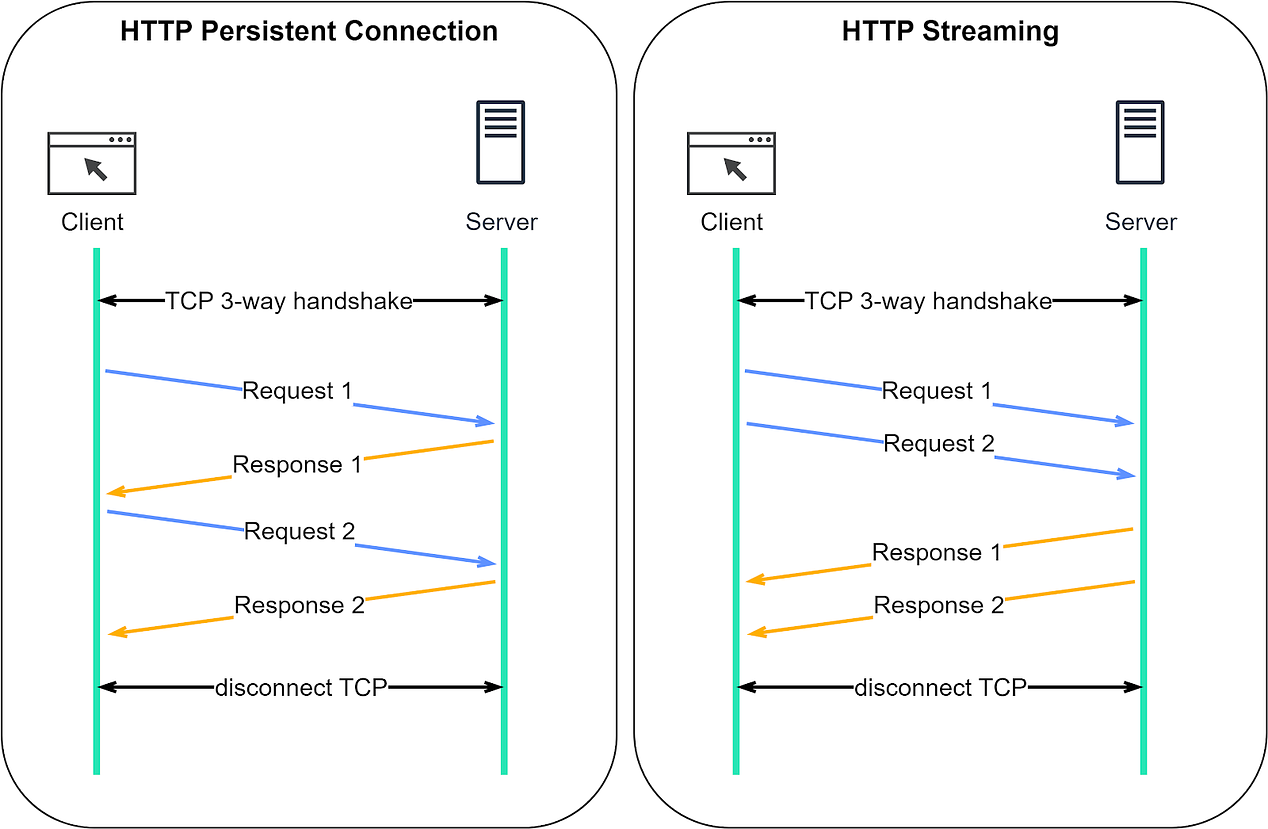
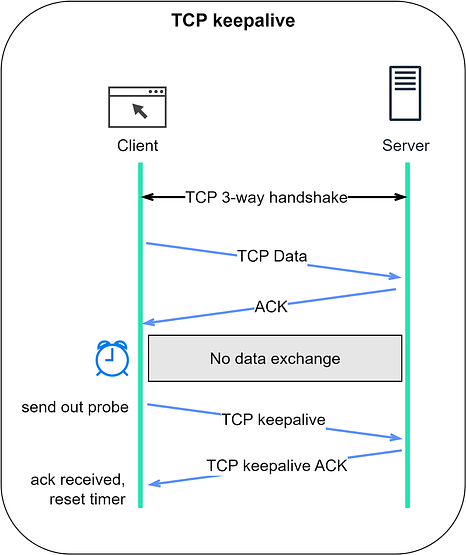

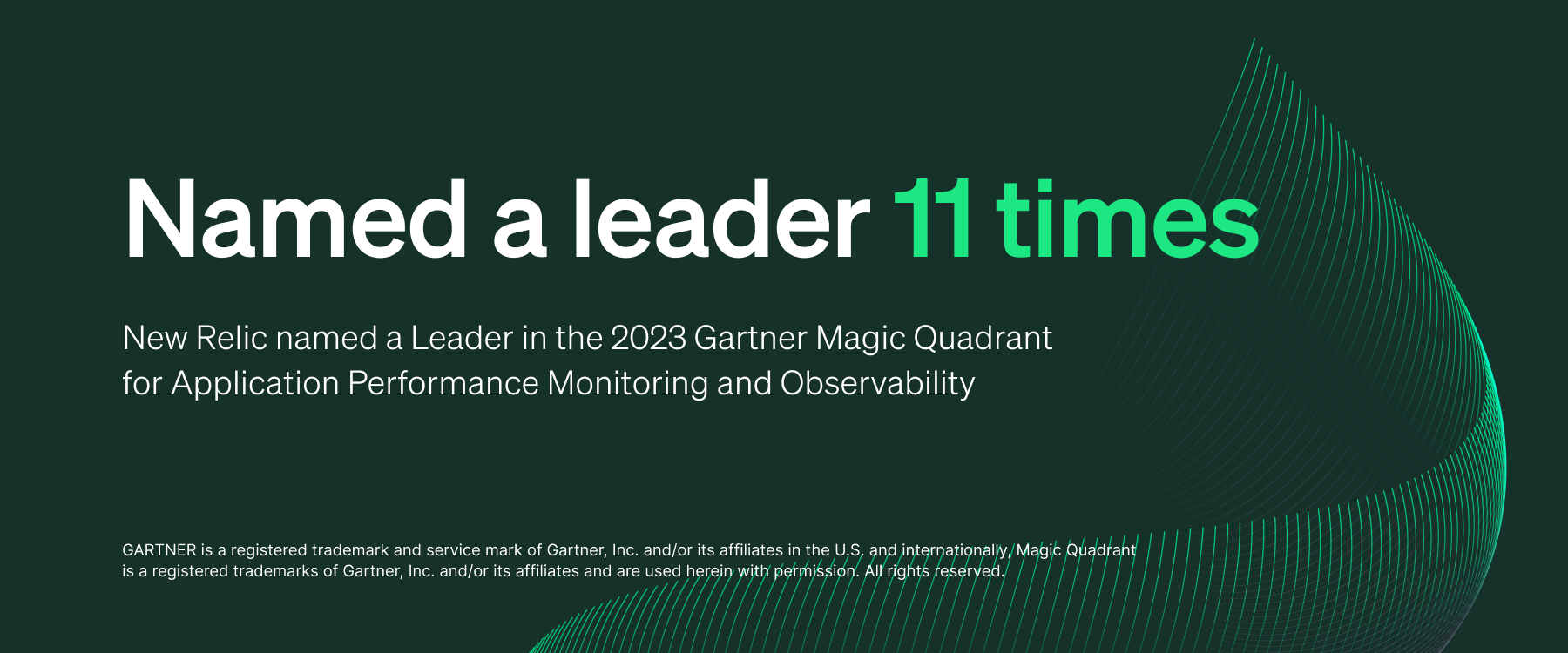
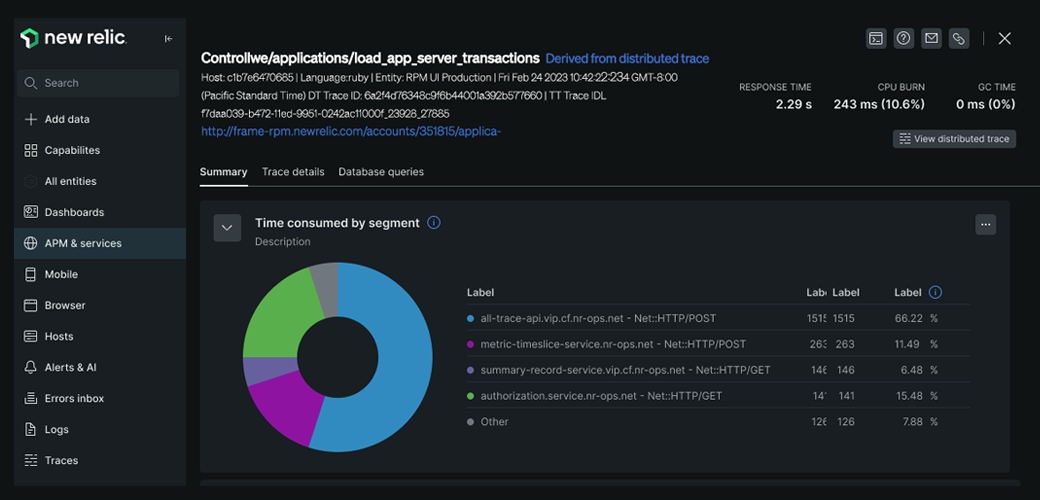
.png)
